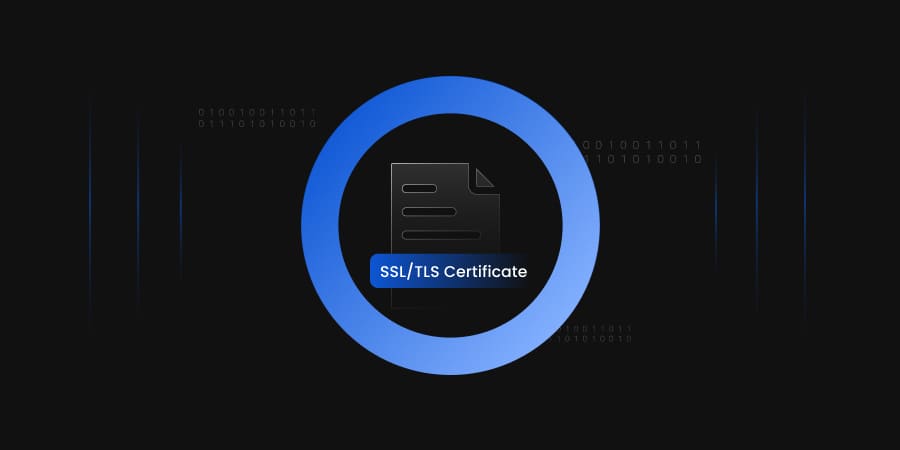Introduction
Almost all companies rely on cryptographic keys and digital certificates to keep communications between devices secure and confidential. Digital certificates and keys solved the problem of communicating back and forth securely on the Internet.
SSL/TLS certificates enable devices and systems to be uniquely identified and trusted. To keep digital communication safe, private communication tunnels are created using encryption that keeps digital communications safe across computer networks. Certificates and their associated keys control access to information in these private tunnels.
Hackers target certificates to utilize in their attacks because they know most companies have encryption tunnel blind spots. When attackers acquire access to certificates that have been stolen or faked, they obtain access to the globally trusted status provided by these digital assets, enabling them to gain access to private, encrypted tunnels through which they can monitor communications. Even with the help of these certificates, hackers can establish their encrypted tunnel for malicious activities.
Without the proper management of keys and digital certificates, Dangerous private tunnels carrying malicious traffic might be hidden among numerous tunnels carrying good traffic supporting daily operations.
Best Practices for Protecting SSL/TLS Certificates and Keys
-
Identify and create SSL/TLS Certificates inventory
You subject yourself to security threats if you don’t keep a strict inventory of your certificates, so start by keeping track of all the issued certificates from your Certificate Authority (CA). Manually, It can be challenging to ensure that you’ve collected everything, from internal CAs to network devices. To build an accurate inventory, Enterprises should automate a system that quickly scans the whole digital infrastructure to identify all digital assets, including where they are installed, who owns them, and how they are utilized. This will help you identify all certificates that may influence the reliability and availability of your company’s infrastructure.
-
Monitor SSL/TLS Certificates
Manual management of certificates becomes challenging as your networks evolve and the number of certificates increases. All of the certificates in your environment should be continuously checked for availability, expiration, and key strength in real-time synchronization with CAs, SSL network scans, and certificate store inventories.
-
Automate certificate management
Processes that rotate any or all keys and renew certificates on a planned or as-needed basis are required by strong security procedures. With automation, you can update all affected certificates, private keys, and CA certificate chains fast. You may also respond quickly to major security events like a CA compromise or a zero-day vulnerability in a cryptographic algorithm or library by automating the tasks. Automation helps prevent outages and saves time from manual tasks like certificate requests, issuance, provisioning, and renewal.
-
Secure Private Keys
When an attacker gets access to a private key, valuable data is leaked due to the impersonation of an enterprise’s servers. To ensure maximum security, never leave private keys in your logs, especially your email and chat, whether for storage or transmission and use a central key escrow, such as an encrypted software vault or Hardware Security Module (HSM).
-
Enforce Policies
Your security posture should contain a well-defined policy that specifies which application settings are required and how certificates should be used. Machine identity security policies and practices must be established to keep your machine identities safe. This helps manage all aspects of machine identities, including issuance, use, configuration, ownership, management, security, and decommissioning.
-
SSL/TLS Certificate Vulnerabilities
Increased threat intelligence is needed to provide a baseline for identifying vulnerable keys and certificates, such as those with weak encryption algorithms or short key lengths. A baseline can help identify applications that are served by vulnerable keys and certificates and certificates that are possibly compromised, unused, or expired and should be revoked or retired.
How can Encryption Consulting help?
Encryption Consulting provides a specialized Certificate Lifecycle management solution CertSecure Manager. From discovery and inventory to issuance, deployment, renewal, revocation, and reporting. CertSecure provides an all-encompassing solution. Intelligent report generation, alerting, automation, automatic deployment onto servers, and certificate enrollment add layers of sophistication, making it a versatile and intelligent asset.

